When it comes to prepping, most folks focus on the big three: water, food, and weapons. But in my years of experience, I’ve learned that true preparedness goes way beyond these basics. There’s a whole world of items that can make or break your survival situation. I’ve put together a list of 39 often-overlooked but essential preps to get hold of after you’ve taken care of food and water to take care of your immediate survival needs, and weapons to defend your family and property and to hunt. Trust me, you’ll want to add these to your stockpile before it’s too late.
Duct Tape
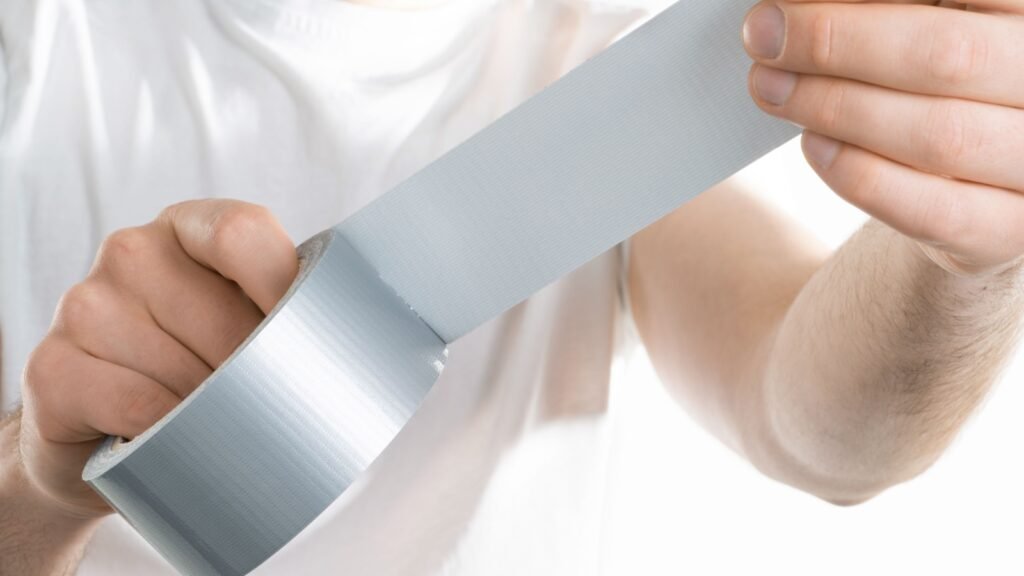
I can’t stress enough how vital duct tape is. This miracle adhesive has gotten me out of countless jams. From patching holes in tarps to creating makeshift bandages, duct tape is endlessly useful. I always keep at least five rolls in my supplies, and I’ve never regretted it.
Fishing Line
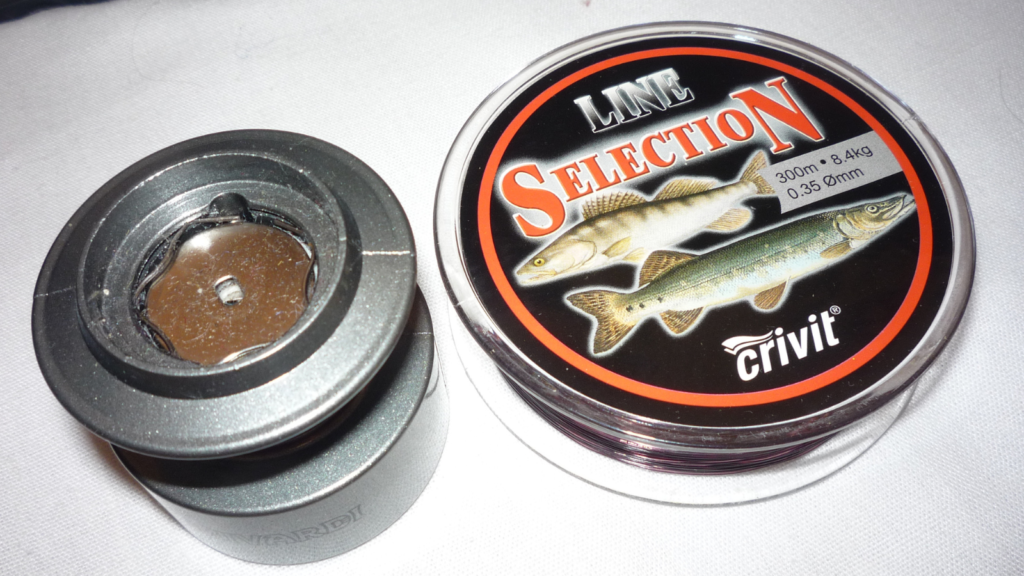
Fishing line isn’t just for catching dinner. It’s incredibly strong for its size and has a million uses. I’ve used it to create tripwires, hang food away from bears, and even sew up torn clothing. A few spools of various weights don’t take up much space but can be incredibly valuable.
Trash Bags
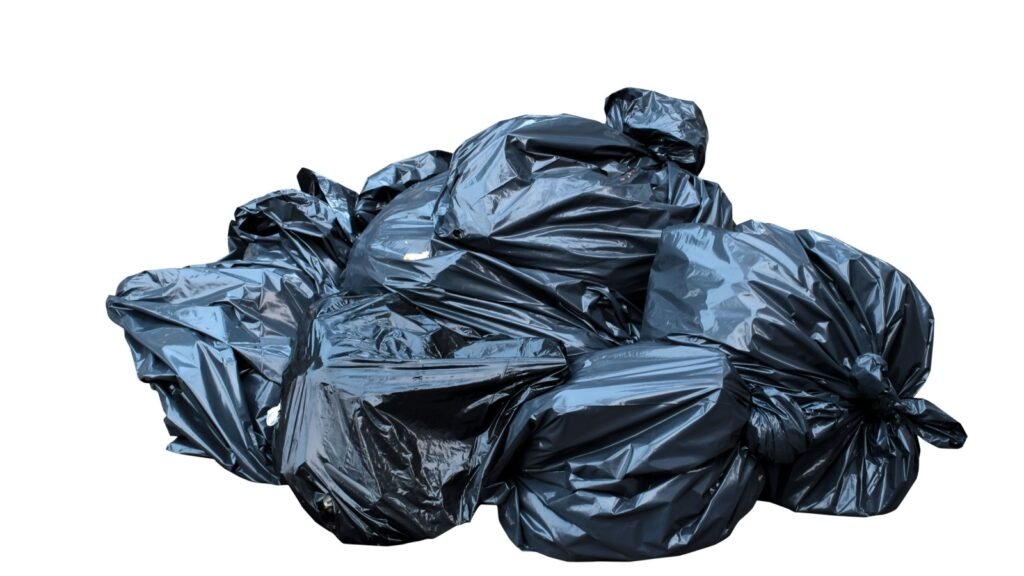
Heavy-duty trash bags are a prepper’s secret weapon. They’re waterproof, making them perfect for keeping gear dry or collecting rainwater. I’ve used them as makeshift ponchos, ground covers, and even improvised flotation devices. The 3-mil thick contractor bags are my go-to choice.
Dental Floss
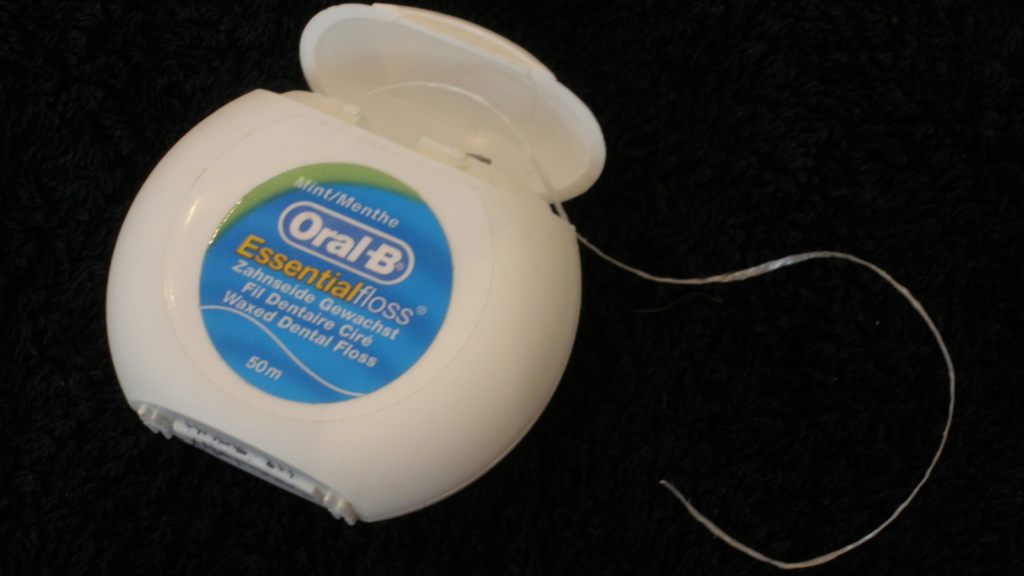
Dental floss is more than just for keeping your teeth clean. Its strength and small size make it incredibly versatile. Use floss for sewing, setting snares, and even as a makeshift fishing line. A few small containers take up almost no space.
Vinegar

White vinegar is a multi-purpose powerhouse. It’s great for cleaning, preserving food, and even treating minor ailments. I always keep a few gallons on hand. It’s cheap, doesn’t go bad, and is a great non-toxic cleaner.
Baking Soda

Baking soda is another multi-use marvel. It’s a cleaning agent, deodorizer, and fire extinguisher all in one. A few large boxes are a must in any prepper’s pantry, as it’s just so versatile.
Honey
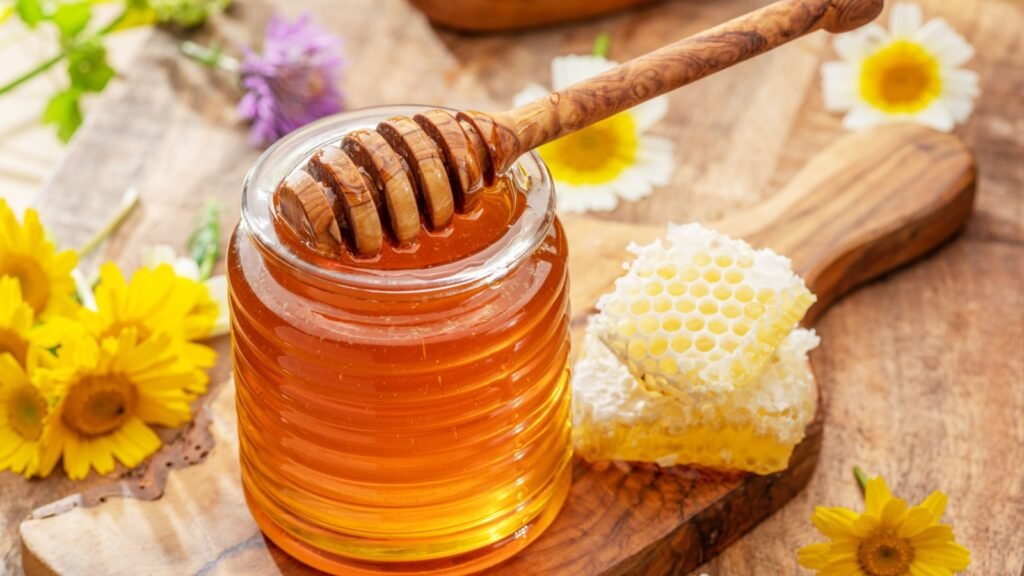
Honey isn’t just a sweetener – it’s a survival superfood. It never goes bad, has antibacterial properties, and provides quick energy. I always keep several jars in my stockpile. It’s great for treating wounds, soothing sore throats, and even preserving other foods. Thankfully, having bees and processing our own honey means we’ve always got plenty on hand.
Bleach

Unscented bleach is crucial for water purification and disinfection. A few drops can make questionable water safe to drink. I rotate my bleach supply yearly to ensure it’s always effective. Don’t forget to store it in a cool, dark place to extend its shelf life.
Canning Lids
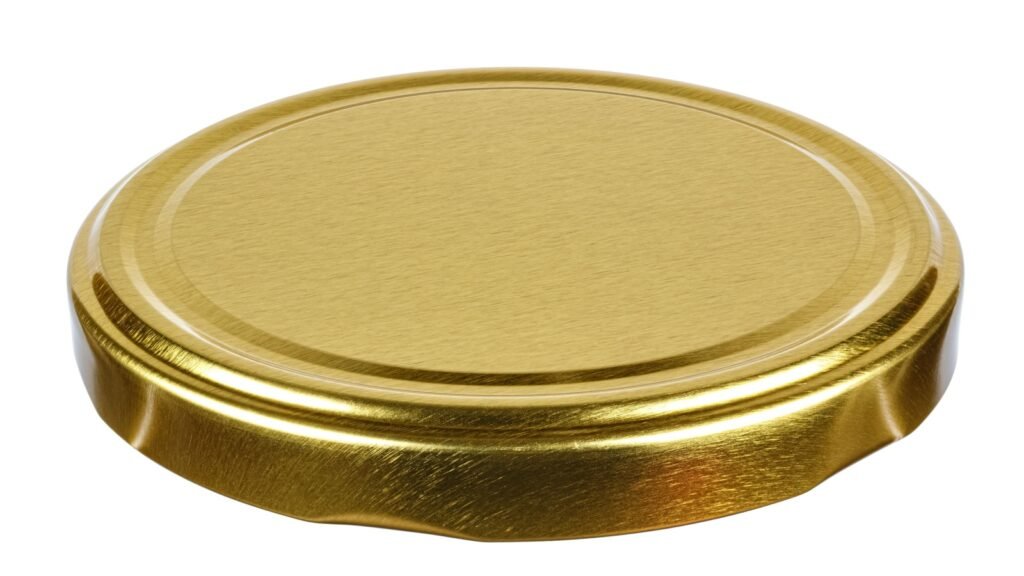
If you’re into food preservation, you know the importance of canning lids. Unlike jars and rings, lids can’t be reused for canning. They’re small, cheap, and absolutely essential for long-term food storage.
Soap
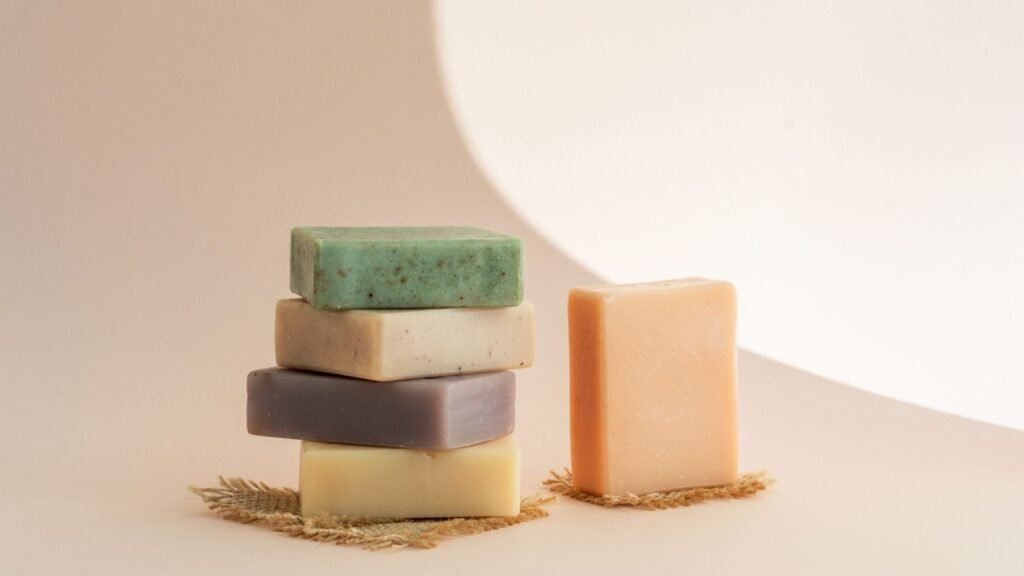
Basic hygiene prevents a host of problems in a crisis. I prefer unscented bar soap because it lasts longer than liquid and has multiple uses. A case of 100 bars takes up little space and can last a family for months.
Salt
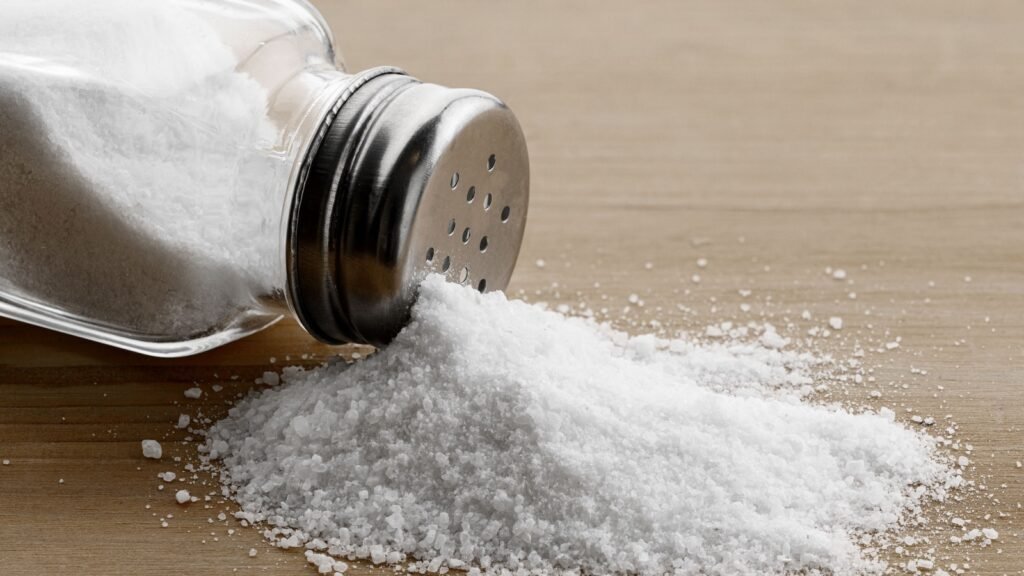
Salt isn’t just for seasoning. It’s crucial for preserving food and making rehydration solutions. I store both iodized table salt for nutrition and large bags of non-iodized salt for preservation. A 50-pound bag can last for years and has countless uses.
Tarps

I can’t count the number of times a good tarp has saved the day. They’re great for improvised shelters, collecting rainwater, or covering supplies. I keep several sizes on hand, from small 5×7 foot tarps to large 20×30 foot ones.
Paracord
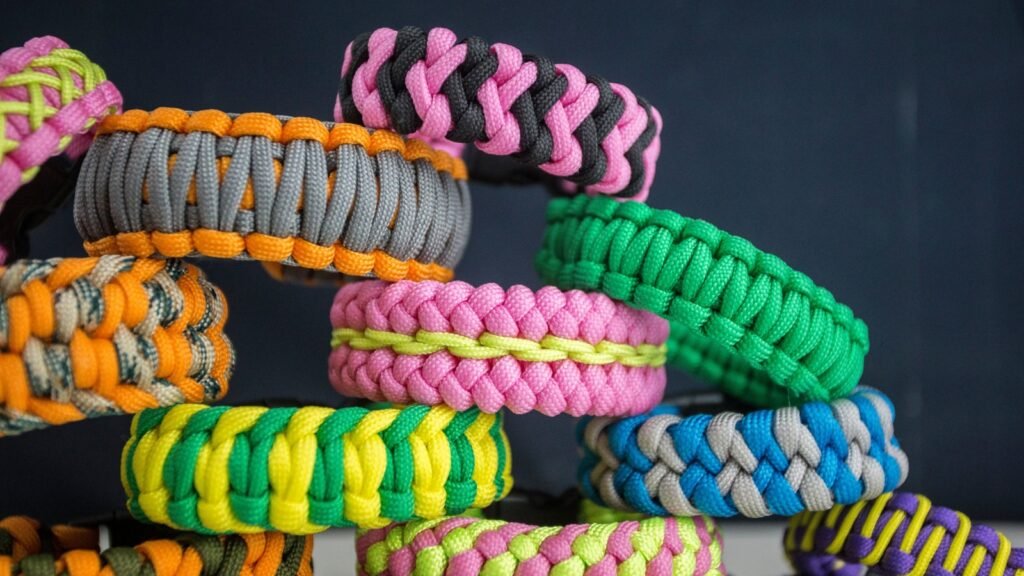
Paracord is the king of survival cordage. It’s incredibly strong, versatile, and can be broken down into smaller strands if needed. I always have at least 1000 feet in various colors. It’s useful for shelter building, gear repair, and even first aid.
Matches
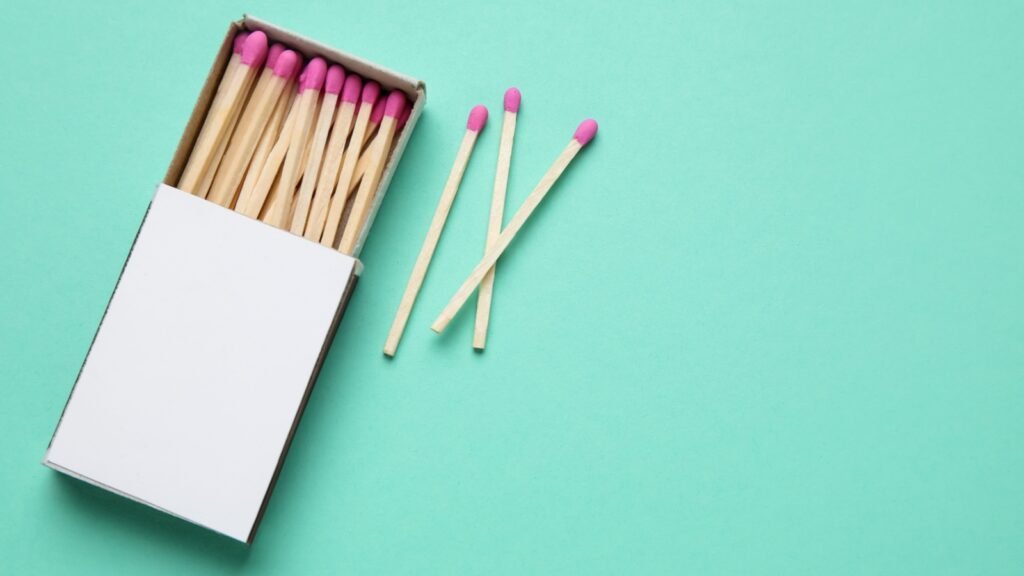
Waterproof matches are a must-have for any prepper. I keep several containers scattered throughout my gear. Remember, even “waterproof” matches can fail, so I store them in airtight containers with a striker.
Sewing Kit
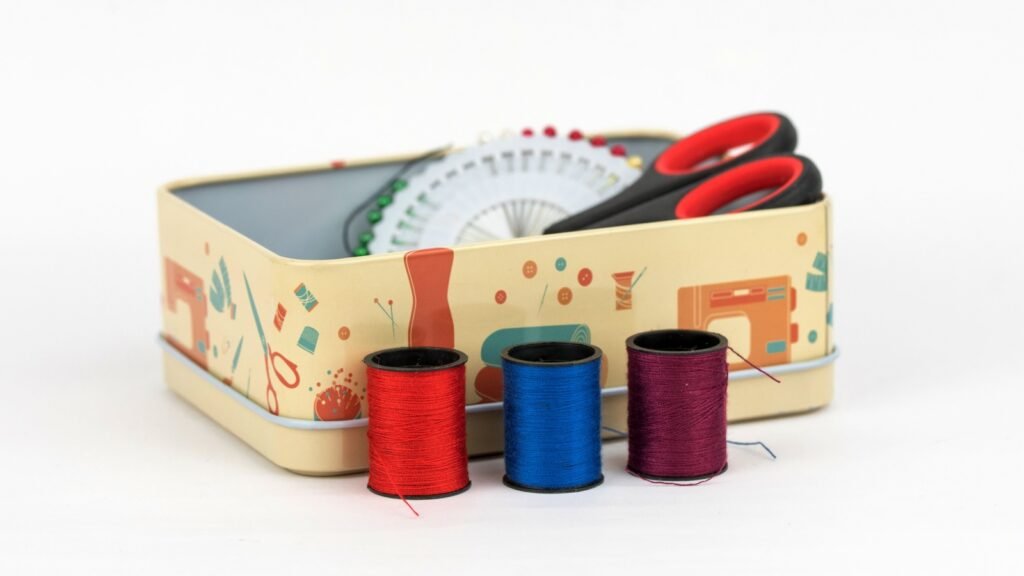
A basic sewing kit can extend the life of your clothing and gear significantly. I keep a comprehensive kit with various thread colors, needles, and buttons. Don’t forget to include a pair of sharp scissors and some safety pins. Even the most manly man should learn the basics of sewing to extend the life of gear and clothing.
Candles
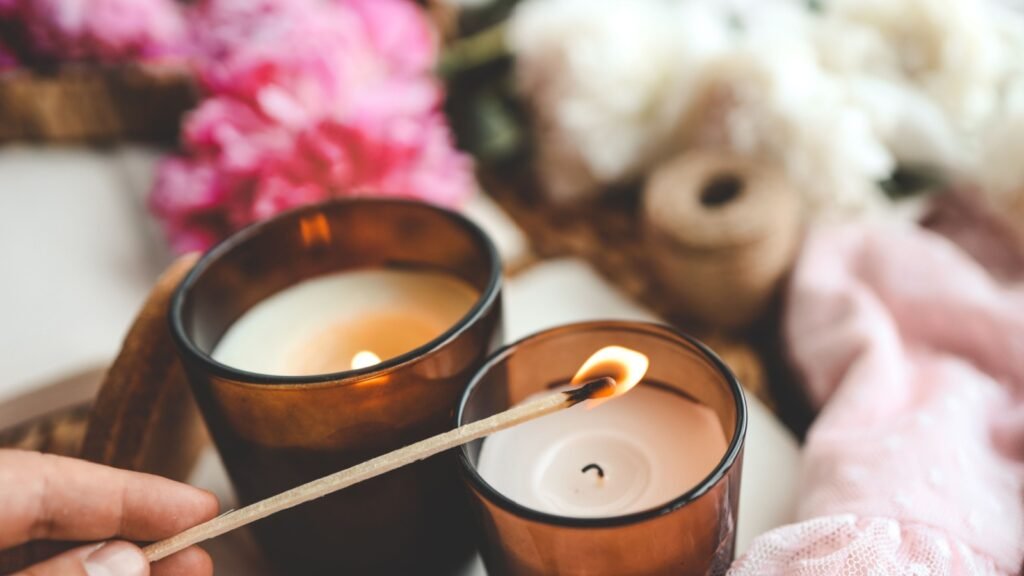
While not as efficient as flashlights, candles provide light and a bit of warmth. I store both long-burning emergency candles and beeswax candles my wife makes from our hives. They’re also great for starting fires in wet conditions.
Hand-Crank Radio

In a disaster, information is critical. A hand-crank radio keeps you connected to emergency broadcasts without relying on batteries. I prefer models that can also charge small devices like phones.
Firestarter
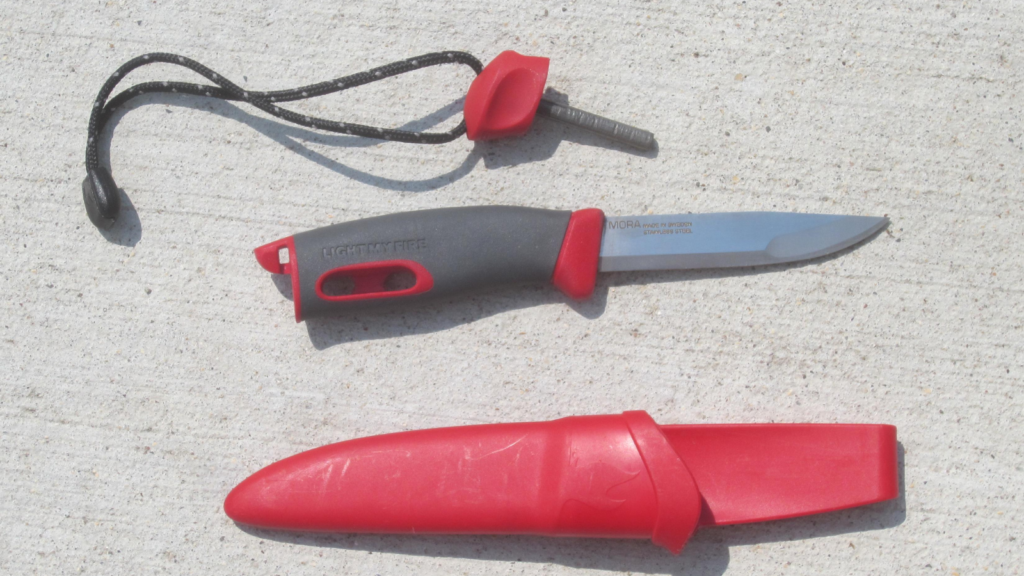
While matches are great, a reliable firestarter is even better. I carry a ferrocerium rod in my everyday carry kit and keep extras in my supplies. With practice, these can reliably start fires in almost any condition.
Mylar Blankets
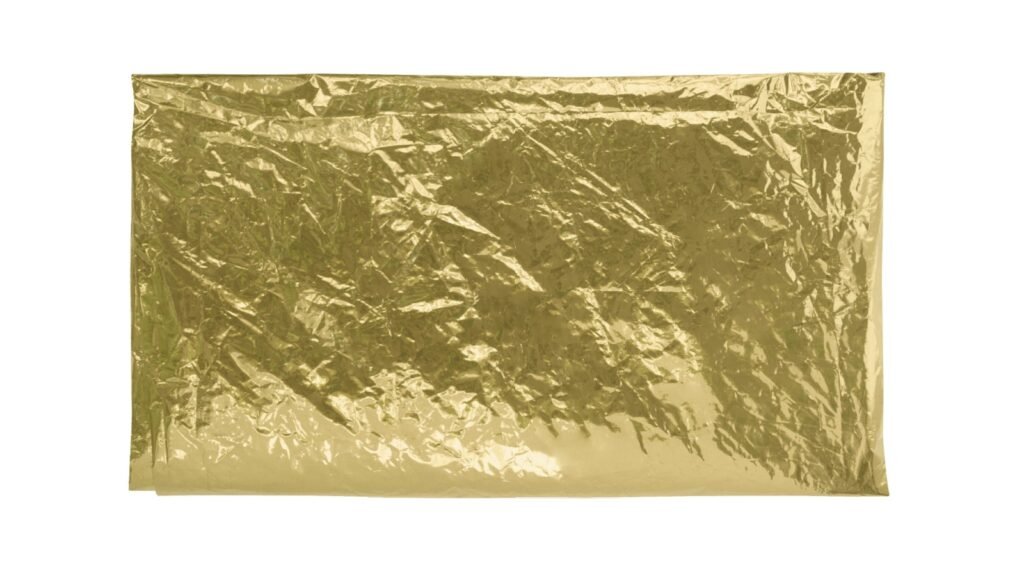
Also known as space blankets, these lightweight sheets reflect up to 90% of radiated body heat. I keep several in each of my kits. They’re great for emergency shelters, signaling, and even collecting water.
Multi-Tool
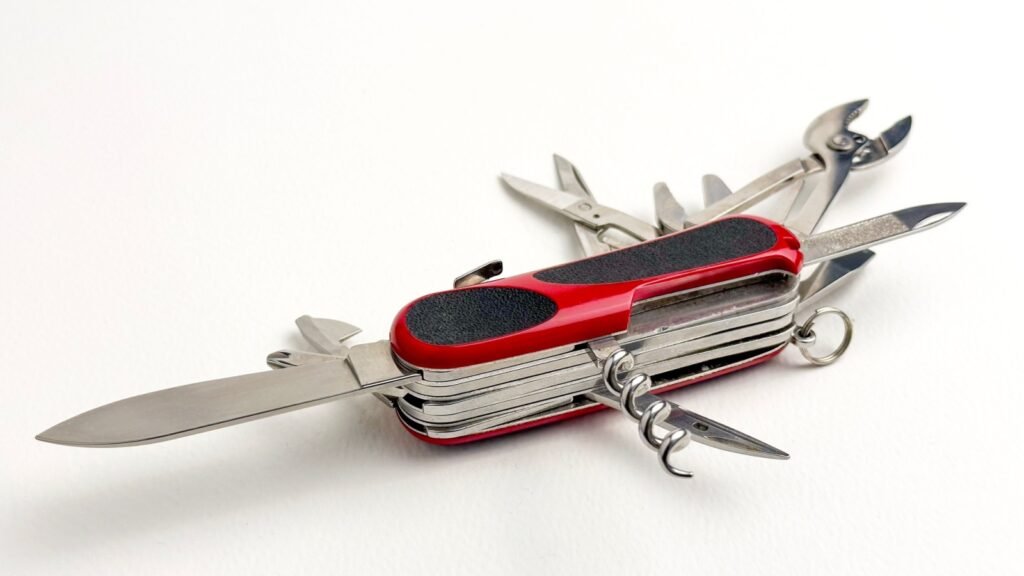
A quality multi-tool combines several essential items in one compact package. I carry one daily and have spares in my emergency kits. Look for models with pliers, knife, saw, and can opener at minimum.
Duct Tape
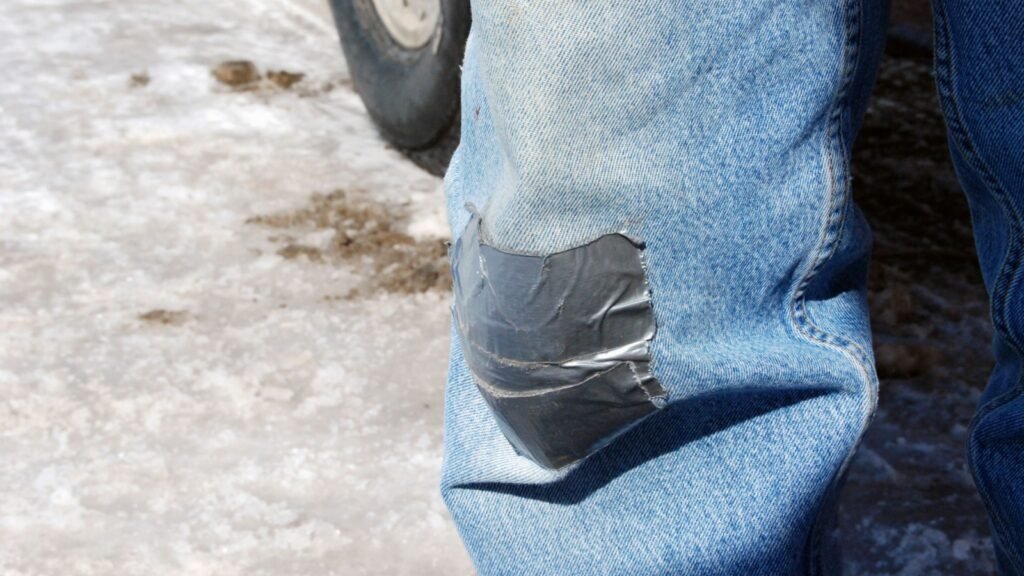
Yes, I’m mentioning it again because it’s that important. Seriously, you can never have too much duct tape. I’ve used it for everything from patching holes in buckets to creating makeshift shoes.
N95 Masks

The pandemic showed us how quickly protective masks can disappear. I keep a supply of N95 masks for each family member. They’re useful not just for disease outbreaks, but also for filtering smoke or dust.
Work Gloves

Tough work gloves protect your hands during labor-intensive tasks. I prefer leather gloves for durability. Keep several pairs in different sizes to accommodate everyone in your group.
Zip Ties
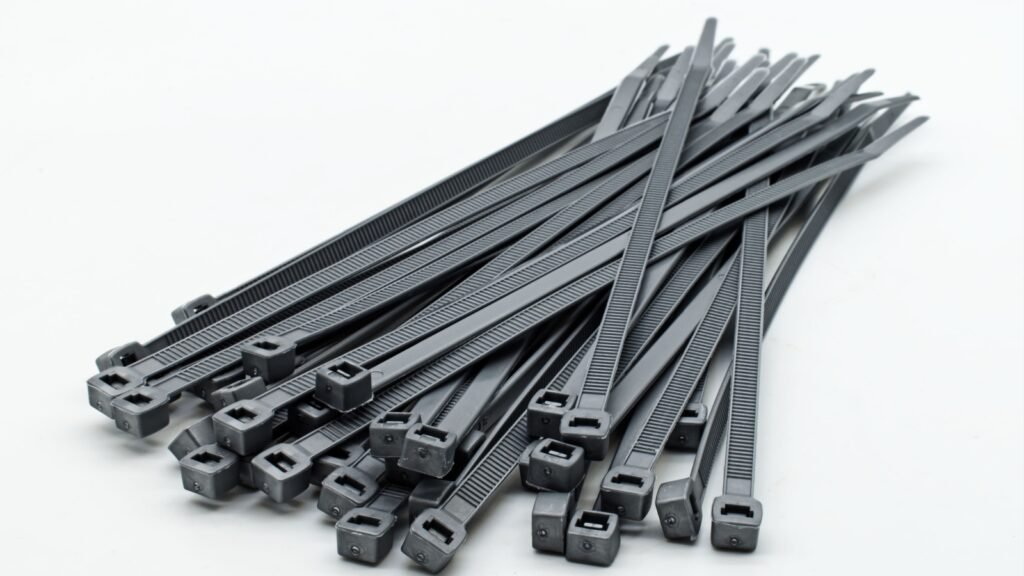
Zip ties are incredibly useful for securing gear, making repairs, and even self-defense in a pinch. I keep a variety of sizes, from small 4-inch ties to large 36-inch ones.
Aluminum Foil
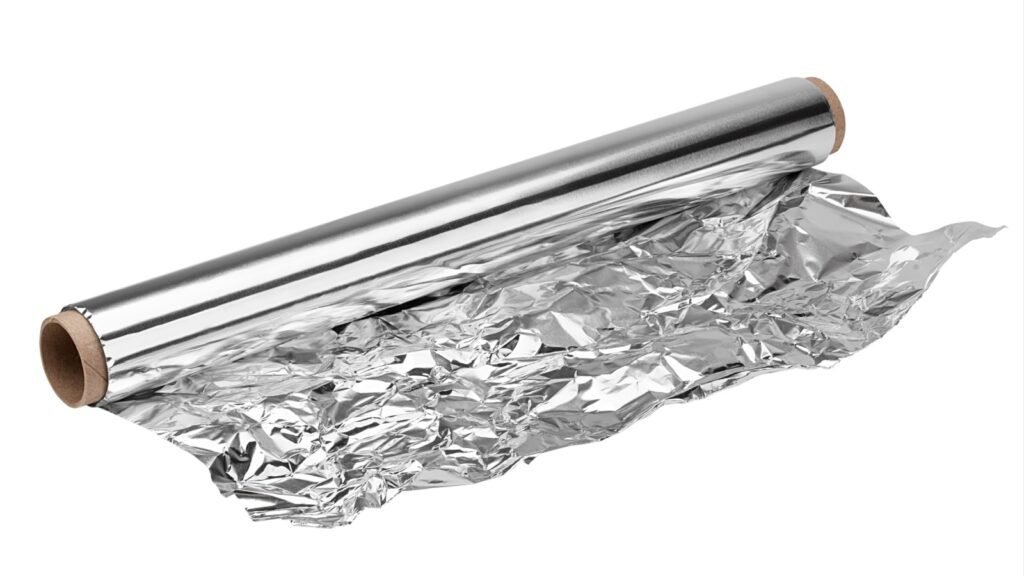
Heavy-duty foil has countless uses in a survival situation. It can be used for cooking, signaling, and even as a makeshift Faraday cage to protect electronics. I keep several rolls in my supplies.
Disposable Gloves
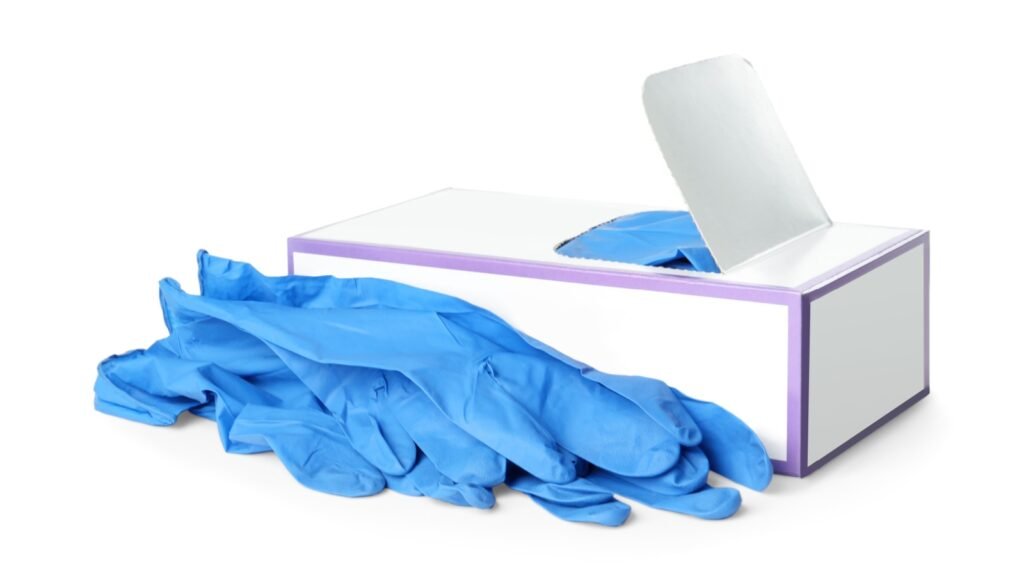
Useful for first aid, cleaning, and handling potentially contaminated items, disposable gloves are a must-have. I prefer nitrile gloves as they’re more durable than latex and safe for those with latex allergies.
Vaseline
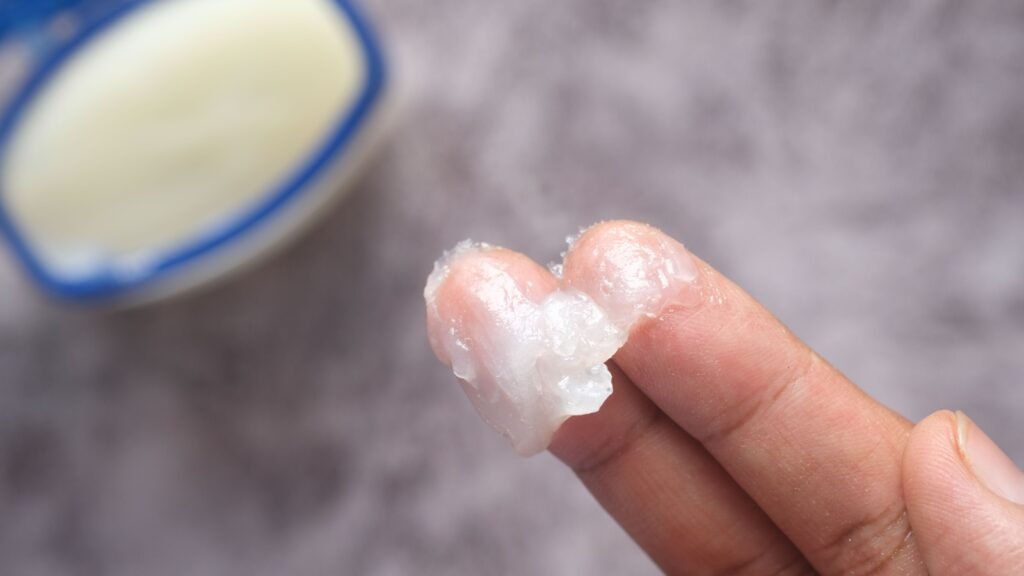
Petroleum jelly is incredibly versatile. It’s great for preventing chafing, protecting against frostbite, and even making fire starters when combined with cotton balls. A large jar lasts for years.
Bandanas
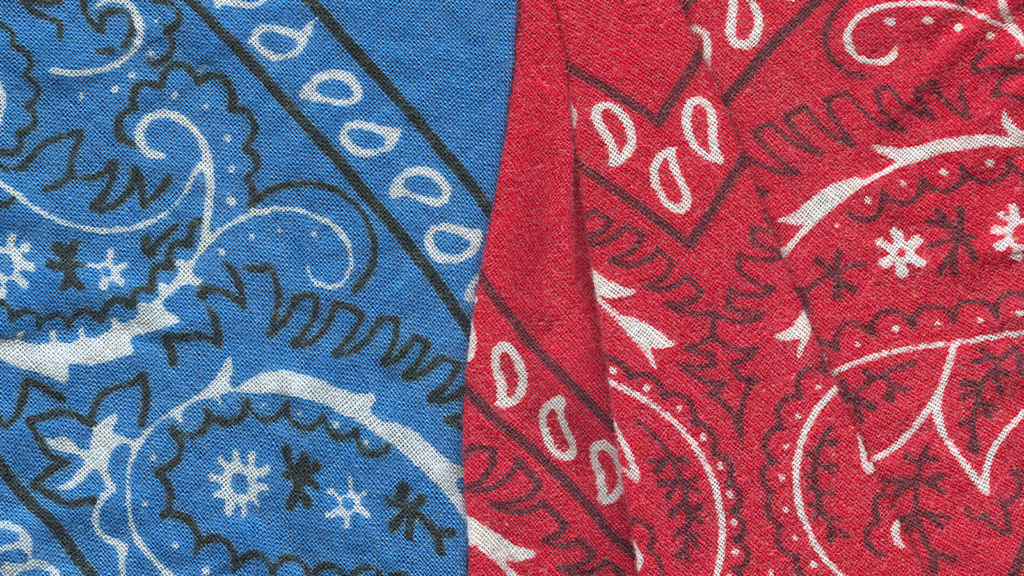
Bandanas are the Swiss Army knife of fabric. They can be used as dust masks, tourniquets, water filters, and even makeshift containers. I keep a dozen in various colors in my kit.
Super Glue
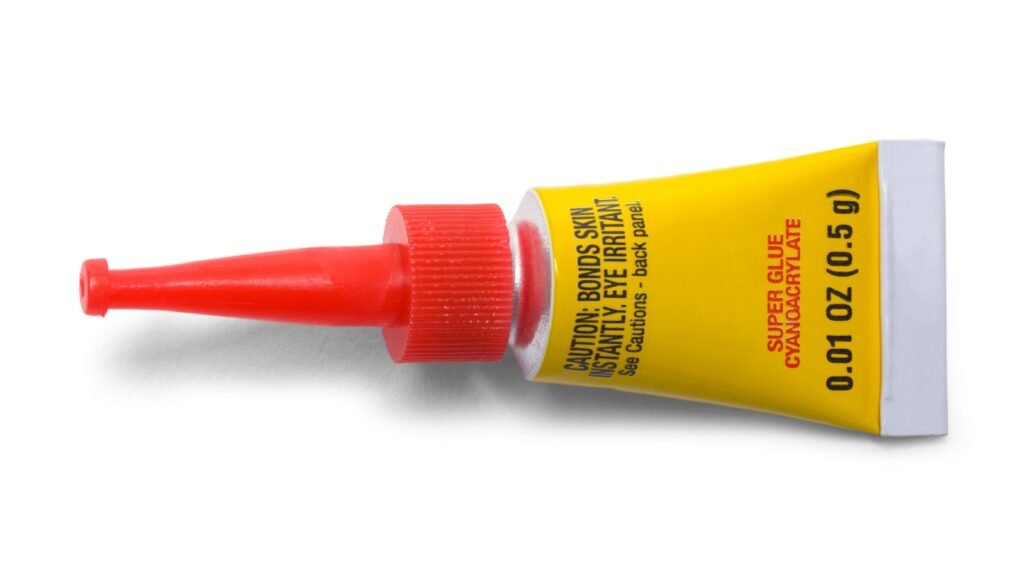
Super glue isn’t just for fixing broken knick-knacks. It can be used to seal small cuts, repair gear, and even start fires when applied to cotton. I always have a few tubes in my first aid kit.
Hand Sanitizer
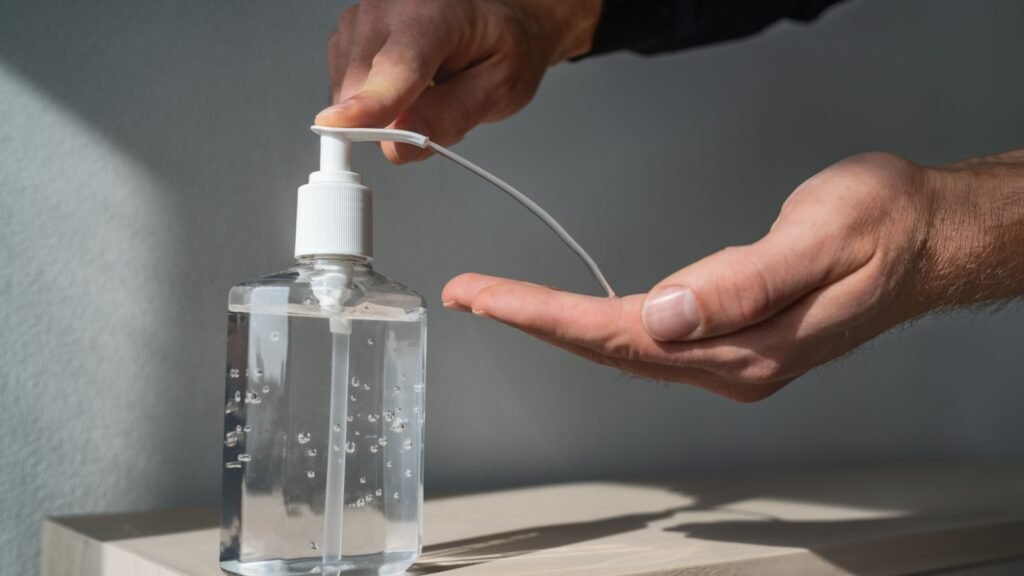
When water is scarce, hand sanitizer is a quick way to kill germs. Look for alcohol-based formulas with at least 60% alcohol. I keep large pump bottles at home and small ones in our go-bags.
Plastic Sheeting
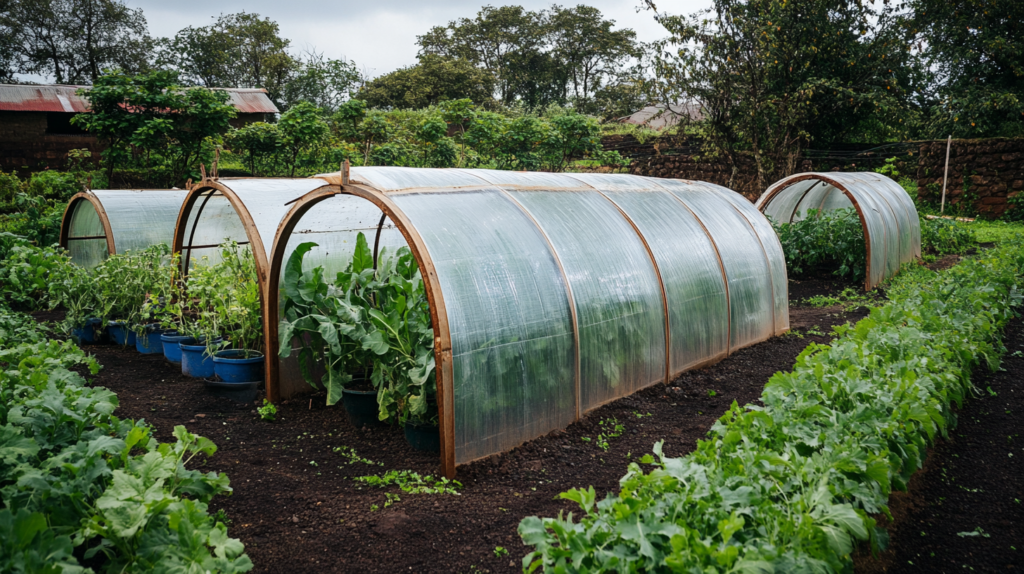
Heavy-duty plastic sheeting is great for creating water-proof barriers, improvised greenhouses, or even solar stills. I keep several rolls of 6-mil thickness sheeting in my supplies.
Pencils and Paper

Being able to leave messages, draw maps, or keep a journal is more important than you might think. I prefer pencils over pens as they work in any weather and never dry out.
Antibacterial Ointment
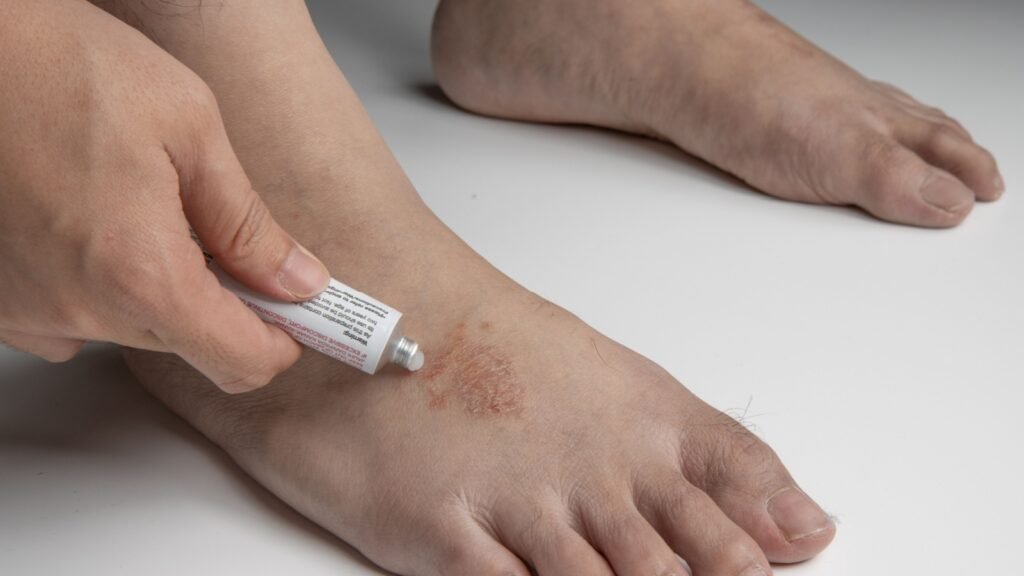
Preventing infection is crucial when medical help might be far away. I keep several tubes of antibacterial ointment in my first aid supplies. It’s great for minor cuts, scrapes, and burns.
Crayons
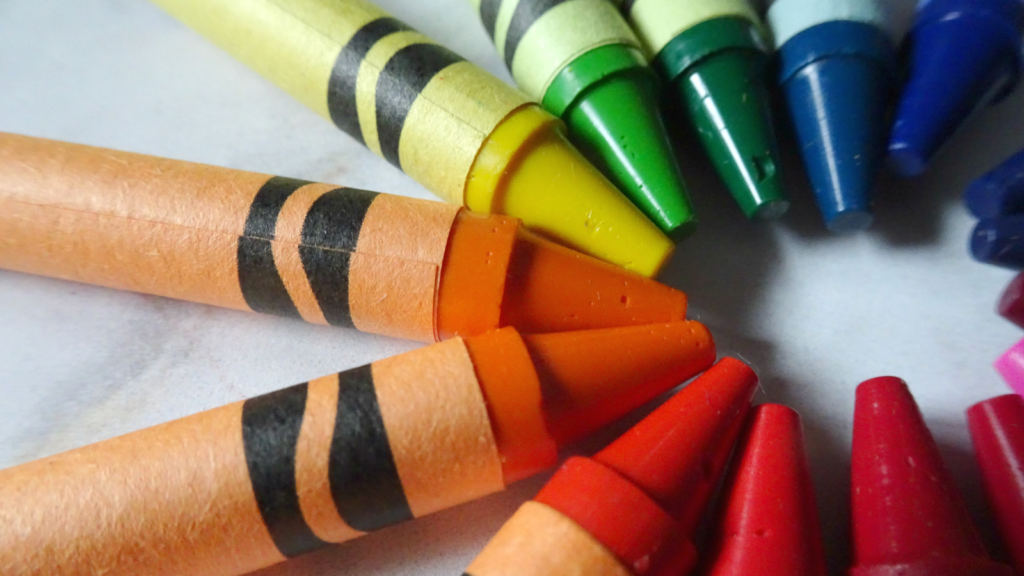
Crayons aren’t just for kids (although they definitely keep the little ones entertained). They can write on almost any surface, don’t freeze or dry out, and can even be used as emergency candles. I keep a box in my supplies for marking trails or leaving messages.
Clothespins
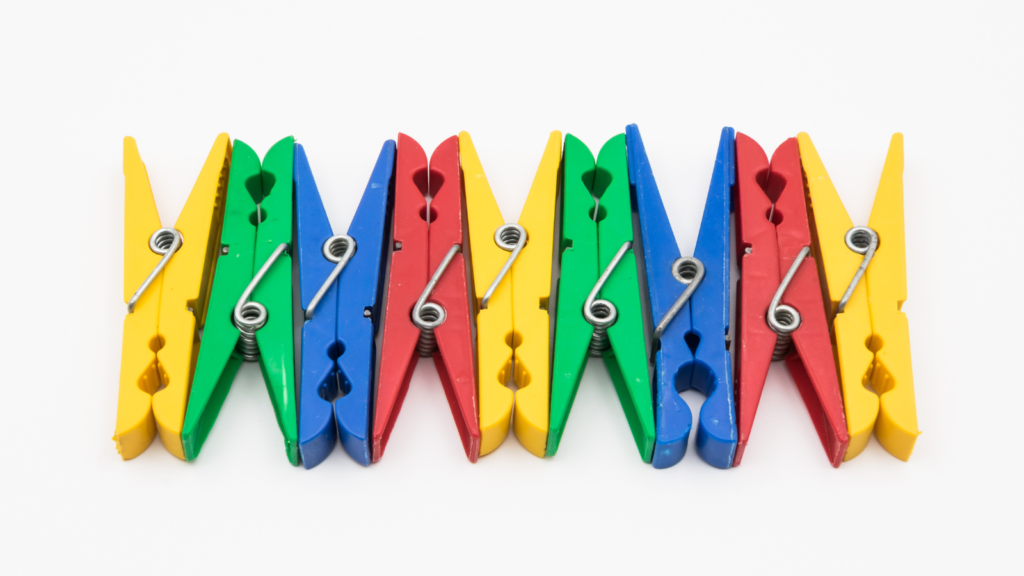
Clothespins have many uses beyond hanging laundry. They’re great for sealing bags, organizing papers, and even making improvised hunting traps. A bag of 100 wooden clothespins is cheap and incredibly useful.
Sharpening Stone
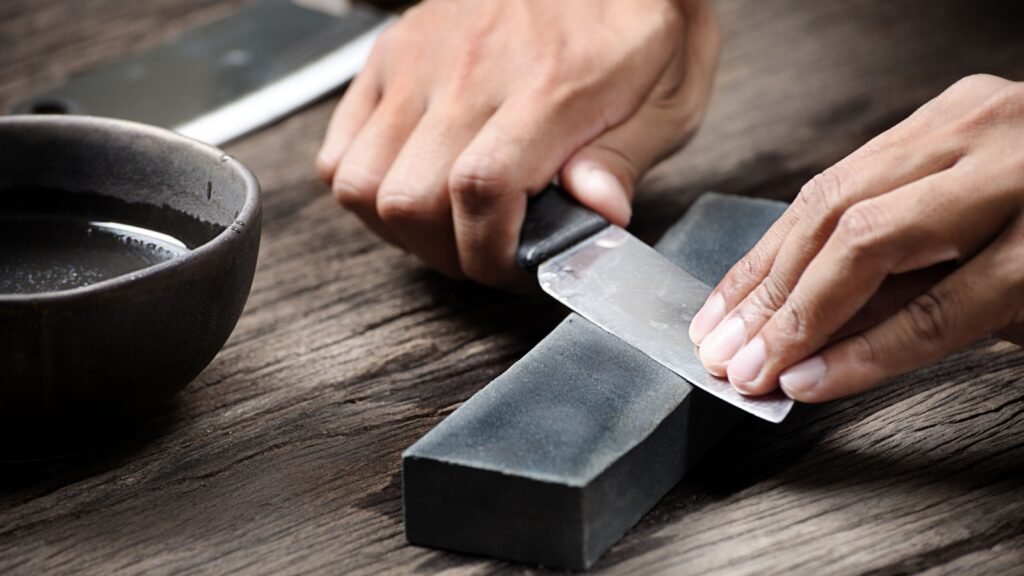
Keeping your tools sharp is crucial for efficiency and safety. I keep a combination stone for both coarse and fine sharpening. Don’t forget to practice your technique before you need it.
Contractor Bags
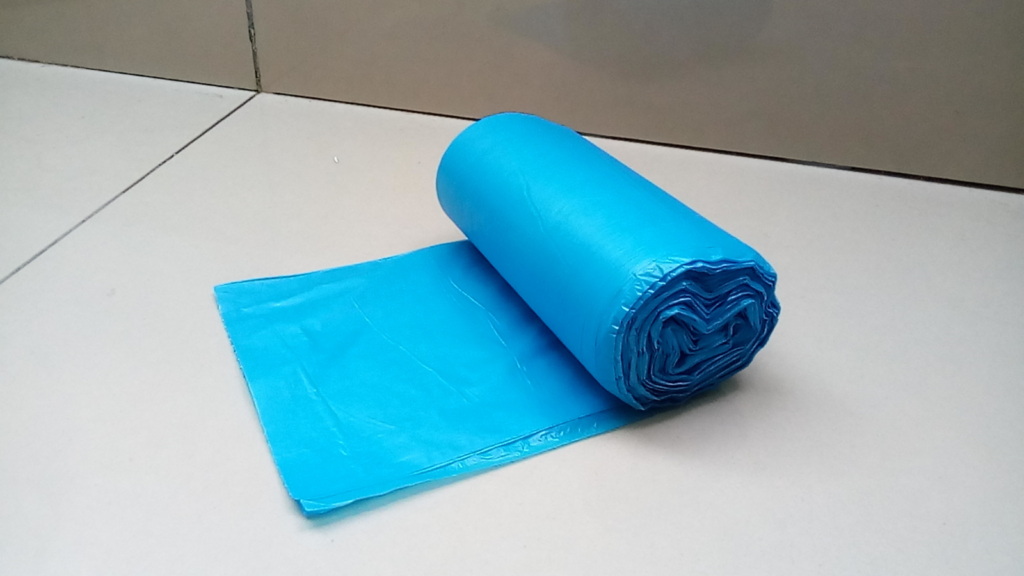
These heavy-duty trash bags are tougher than regular kitchen bags. They’re great for waterproofing gear, collecting rainwater, or even as makeshift waders. I always have a box on hand.
Solar Charger
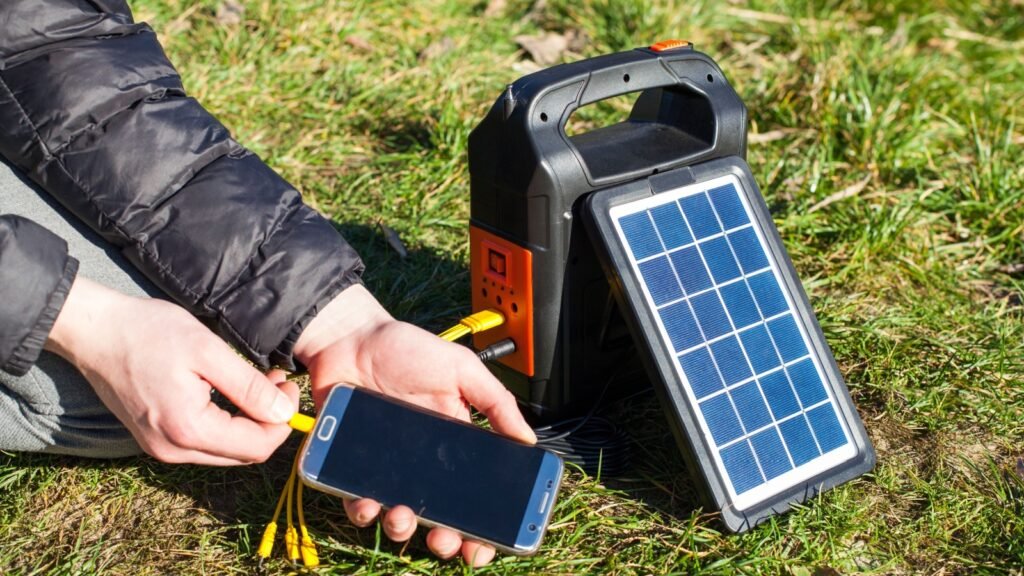
A portable solar charger can keep your small electronics running indefinitely. I prefer models with built-in batteries for charging even when the sun’s not out. It’s a great backup for your hand-crank radio.
Dryer Lint
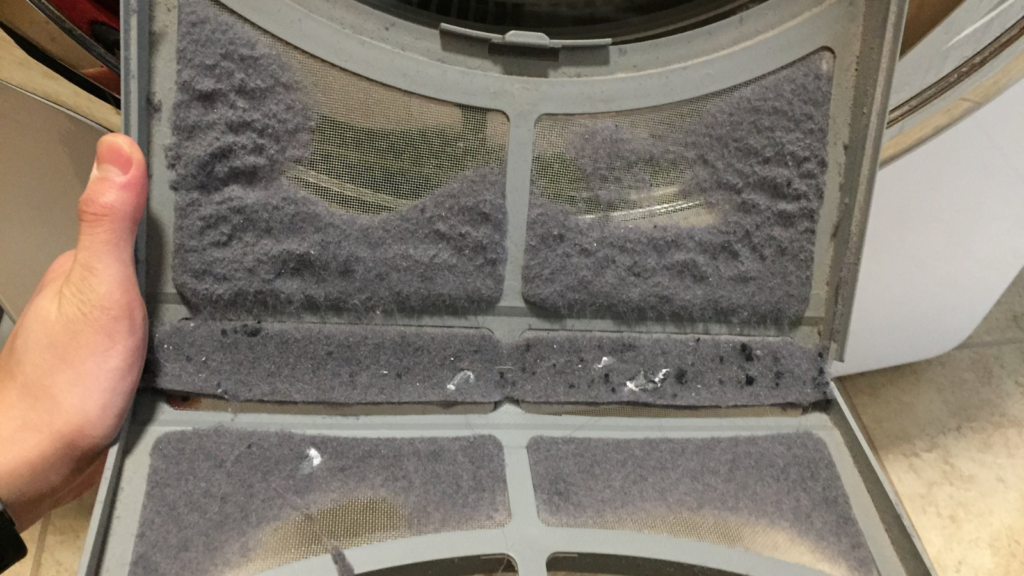
Don’t throw away your dryer lint – it’s an excellent fire starter. I collect lint in a sealed container and use it to quickly ignite campfires or emergency heat sources. When combined with petroleum jelly, it creates long-burning fire starters that can be essential in wet conditions. A gallon bag full of lint takes up minimal space but can make a huge difference when you need to start a fire fast.

